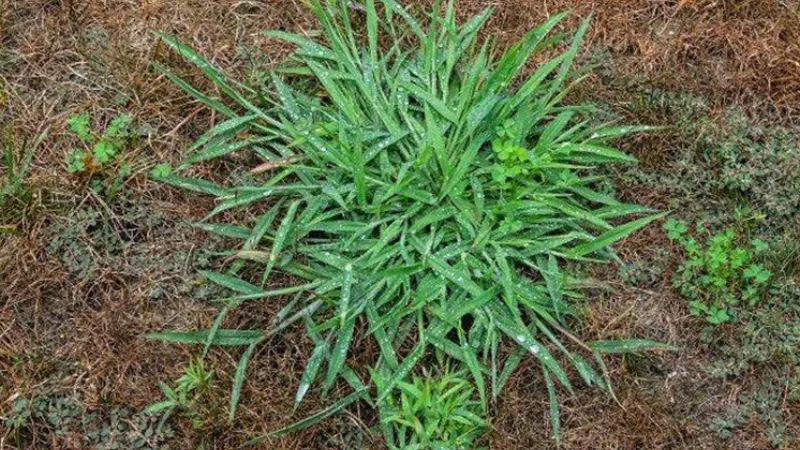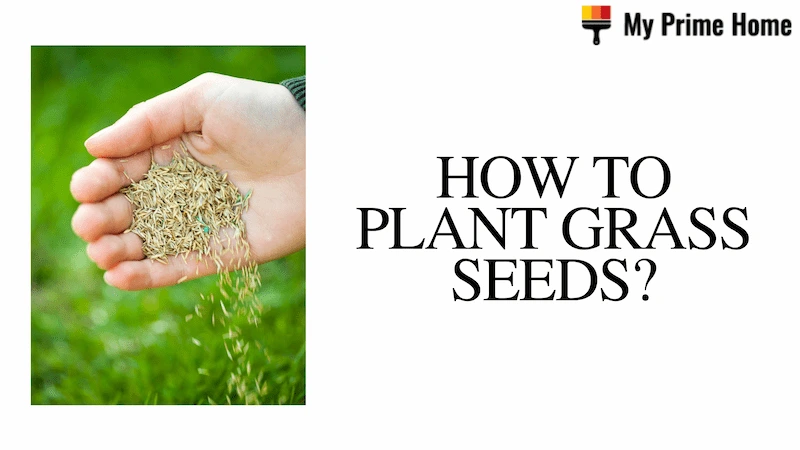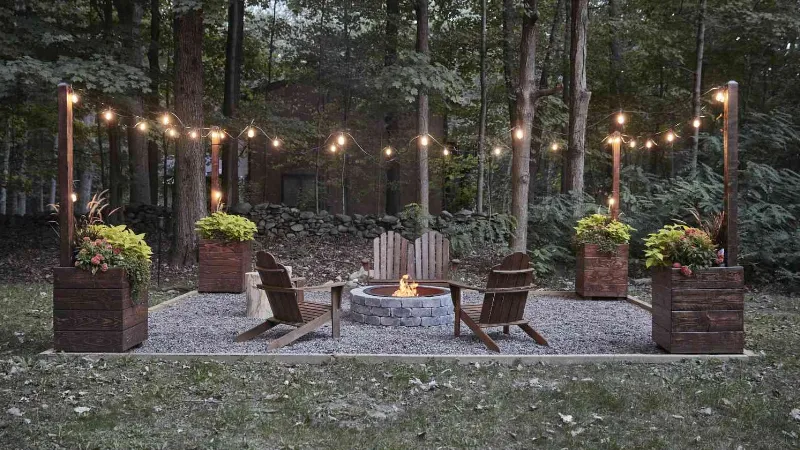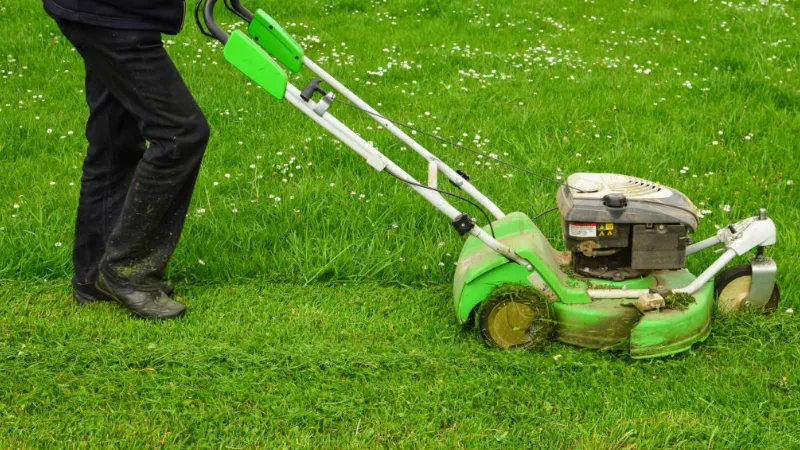Do you have to fight crabgrass on your lawn? You’ll be one step closer to having a perfect lawn if you use these suggestions to learn how to get rid of crabgrass. Below will also show you how to prevent crabgrass.
To get rid of crabgrass naturally: maintain a healthy lawn, allow your grass to grow longer, prevent seed distribution, remove crabgrass by hand, don’t fertilize your lawn in the summer, and water once a week.
Please read on for more detailed information.
What is Crabgrass?
A summer annual weed called crabgrass prefers compacted soil with thinned and weakened grass. Around 3 inches below the surface, in the early spring, crabgrass sprouts when the soil is between 55 and 65 degrees. When midsummer arrives, growth slows, it starts to set seeds, and it eventually dies off with the first frost.
Among the turf’s fine, green leaves, this weed is simple to identify because of its coarse, yellow-green leaves. Crabgrass grows in bunches, like the arms of a crab or like troops spread out across a battlefield.
The real concern is the crabgrass growth cycle. Up to 150,000 crabgrass seeds can be produced by one plant. And these seeds can lie dormant for as long as 30 years.
What this means: Each growing season is just one battle in the ongoing war against crabgrass.
It is possible to defeat crabgrass with the right planning and preparation. Although you probably won’t ever completely sign a peace treaty with this weed, you can manage crabgrass and win this battle.
Continue reading for some tactical instruction.
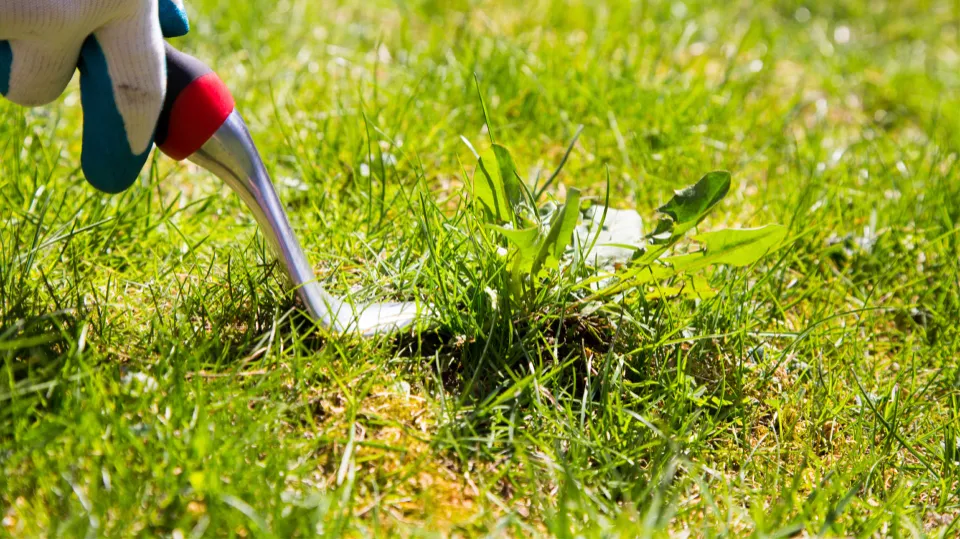
How to Get Rid of Crabgrass Naturally?
To get rid of crabgrass naturally, follow these steps.
Maintain a Healthy Lawn
Bill Pope, owner of Unlimited Lawn Care explains that getting rid of crabgrass needs to start with prevention by maintaining a healthy lawn. The best course of action to take is prevention. Aeration, keeping your lawn mowed at the appropriate height, and mulching your garden are some methods for preventing crabgrass.
Crabgrass tends to grow in areas of your lawn where there is a buildup of thatch; aeration helps by removing this thatch. The best time to dethatch a lawn will depend on what grass you have, so do bear this in mind.
It’s equally crucial to mow the lawn to the appropriate height. Cutting it too short, damages your grassroots, which leads to damaged grass that is more prone to weed growth. If you leave it too long, you’re probably not mowing often enough, which causes weeds to proliferate throughout your yard.
Bill also recommends mulching a lawn in Spring or Summer to cut weeks off at their roots. It chokes out the weeds and prevents their spread throughout your property. Mulching should be avoided, though, if you already have a serious crabgrass issue because it can spread the seeds even further.
Allow Your Grass to Grow Longer
Your best lawn mower will always have its uses – but when it comes to crabgrass prevention – Josh urges you to allow your lawn to grow a little bit longer than normal.
A good height is between two and three inches because the soil stays cooler with a grass blade that is a little longer. The cooler temperatures will lessen seed germination because crabgrass prefers the summer heat.
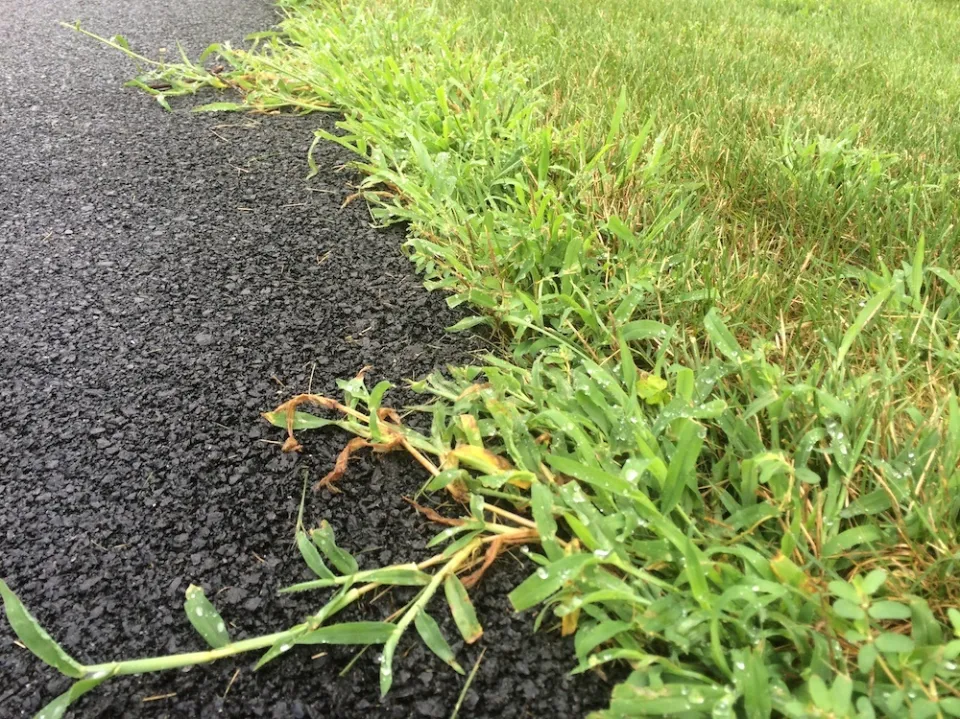
Prevent Seed Distribution
It’s crucial to use caution when mowing your lawn if crabgrass is already showing signs of growth there. The problem will get worse if you mow or rake the lawn because crabgrass stalks contain a large number of seeds that can disperse.
If you or your weekly lawn service are not properly collecting and bagging your lawn clippings, you may be exacerbating the problem. Your clippings should be tied in a bag and left in the sun for four to six weeks if you want to compost them; the heat should kill any seeds.
Remove Crabgrass by Hand
The only effective method for permanently getting rid of crabgrass is to manually remove it. It takes time, but there is no other way to guarantee that it will never return.
You can do this in two main ways: pulling it up as you would any other weed with weed-pulling tools from Amazon or smothering patches of it. The quicker way to ensure it is dead before removal is to smother it.
After you’ve identified a patch of crabgrass Coulter Lewis, CEO of Sustainable Lawn Care company Sunday, advises covering it with a brick, tile, plate, or any object to block the weed from getting sunlight. Wait 4 to 6 weeks for the crabgrass to be smothered to death and once the weed is dead remove it.
Don’t Fertilize Your Lawn in the Summer
Feed your lawn and you’ll be feeding the crabgrass, too.
Water Once a Week
You may know when to water plants, but what about your lawn? Josh cautions against occasionally lightly misting it with water because it could promote weed growth. Instead, you should give it ‘ a healthy drink once a week,’ to ensure it stays green and healthy.
To develop your lawn maintenance strategy, learn how to identify crabgrass. Below will give you a full explanation of what is crabgrass.
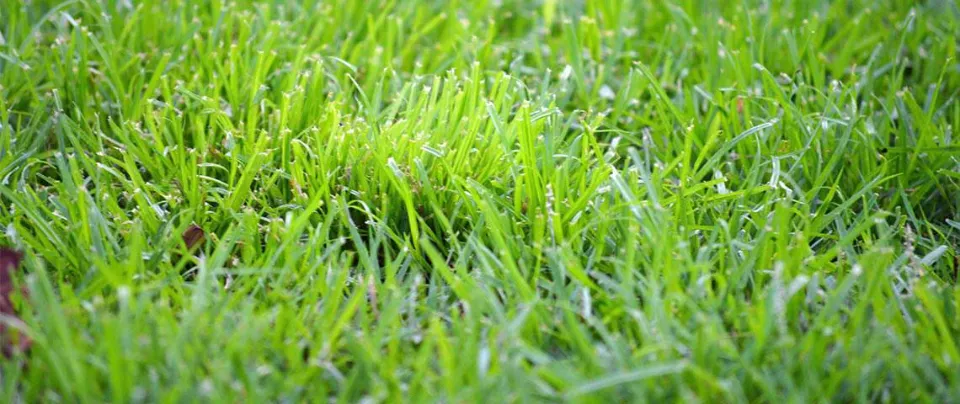
Tips for Preventing Crabgrass
Mow at the right height.
Mowing at the appropriate height for your grass type will deter crabgrass. When you mow higher, usually on one of your mower’s top two settings, taller grass blades can shade the soil and hinder the germination of crabgrass seeds. You may want to know How Long Does Grass Seed Last?
Feed regularly.
Crabgrass is rarely abundant on a dense, full lawn. However, your lawn is more likely to become overrun by weeds when it is undernourished and stressed. Every 6 to 8 weeks during the growing season, feeding your lawn with a lawn fertilizer like Scotts® Turf Builder® Lawn Food (as directed) will help it stay thick and lush and deter weeds (like crabgrass) by giving them little room to grow.
Deep water your lawn.
Weeds are better adapted to adverse growing conditions than most lawn grasses. Because shallow root growth is encouraged by frequent, shallow watering, the grass is more likely to suffer during hot and dry spells. Stress of that nature can result in thin patches and bare spots, which crabgrass will take advantage of. In contrast, water lawns sparingly (every two to three days) and deeply (to a depth of 6 to 8 inches) to encourage the growth of deeper roots and thicker, weed-crowding grass.
Repair lawn damage.
Fall frost will kill crabgrass plants, leaving bare patches in its wake. You only need to fix the bare spots to help keep new weeds out, so don’t panic. Until the new grass takes root, fill in the bald spots with a patching material like Scotts® EZ Seed® Patch & Repair and keep it moist.
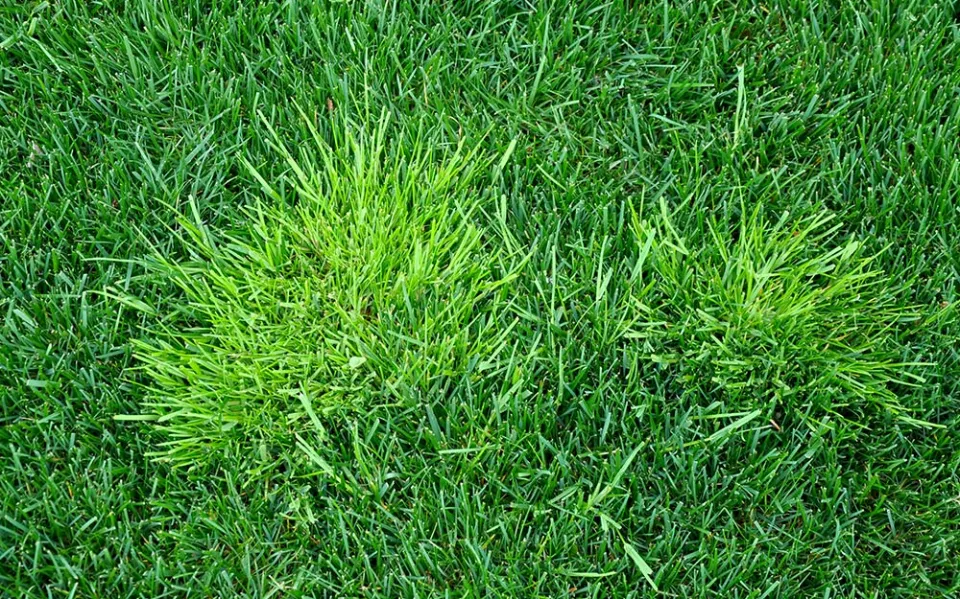
FAQs
What Kills Crabgrass Permanently?
If applied very carefully, a broad-spectrum herbicide such as glyphosate (RoundUp) will kill crabgrass. Take care not to allow the spray to drift, as this chemical will also kill desirable turf grasses.
Why is Crabgrass So Hard to Kill?
Because crabgrass is a grass, most combination herbicide and lawn fertilizer products, known as weed & feed fertilizers, generally won’t kill it. These products typically contain selective herbicides that eliminate broadleaf weeds like dandelions and other common lawn weeds while sparing grasses.
Why Do I Have So Much Crabgrass?
Crabgrass favors sandy, compacted soil where the grass is in a weakened, thinned condition. Crabgrass thrives in conditions where there is direct sunlight hitting the soil, which is why bare, thin lawns are the best.
Should You Pull Crabgrass?
After the first frost in the fall, crabgrass will naturally die. However, if you don’t remove it before it disperses its seeds, you will have to deal with the pesky weed again the following year. Taking out the weedy clumps as soon as you see them is the best way to get rid of crabgrass.
Summary: Killing Existing Crabgrass Plants
Pre-emergents are ineffective once seeds sprout and crabgrass sprouts appear. Then it’s time for “post-emergent” herbicides, which target plants instead of seeds. Killers for crabgrass are made to eliminate already-existing, actively growing crabgrass plants before they can spread more seeds.
When using crabgrass killers or any herbicides, it’s important to understand whether the product is a “selective” or “non-selective” herbicide. Selective herbicides target particular types of weeds or plants, such as grassy plants as opposed to broadleaf plants. Non-selective herbicides kill all plant types, including lawn grasses and other plants you want to keep.
If you have any questions, please leave a comment. My Prime Home tries to give you the best home improvement information. Don’t forget to share the post. Thank you for reading.
Read about
